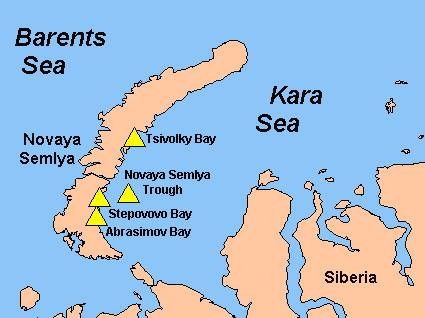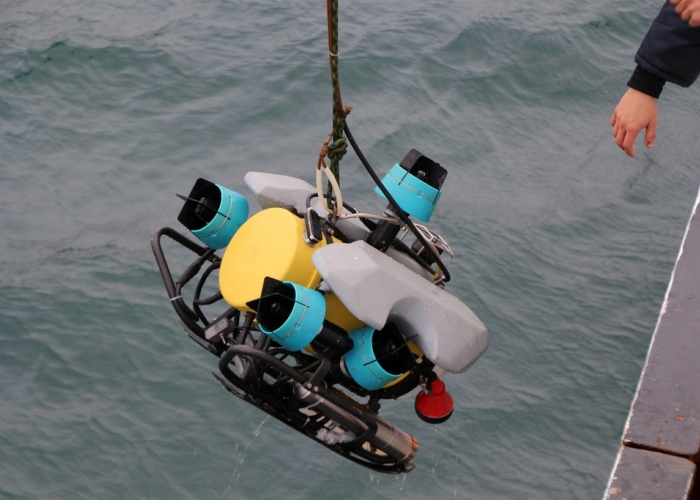Why is the K-27 a Problem?
In 1981, the K-27 was sunk in the Kara Sea due to problems with its nuclear reactor. They left the submarine dormant for many years, unaware of the consequences. Today, the K-27 is still there and must be lifted out of the sea. What is the problem? The reactors consist of a technology that was introduced during the Cold War. The technology was a liquid metal cooled reactors that contained uranium. Today, we must find a way to lift the submarine out of the water without breaking it and taking out the uranium from the reactors. All this must be done without triggering a giant chain reaction of nuclear accidents. The solution we could take is the one we used on the Kursk, but unfortunately another large problem is the rust on the K-27. This rust can cause the sub to break when being moved or lifted. If it breaks, then high levels of radioactivity will be present. Radioactivity is already present and is a danger for the environment. More and more is coming out of the sub and we must lift it before it becomes extremely dangerous. The Russian government must also find a way to finance such an operation.
Current Research
A group of Norwegian and Russian researchers examined the area surrounding the K-27. They analysed 2000 containers containing nuclear waste from the Stepovogo Bay (where the sub is). They found out that there has been no change in radioactivity since the last check in 1994. This means that the K-27 isn't actually leaking right now, but can if short time. They noted that there are other ships, reactors, containers, debris all containing nuclear waste. This could also cause a chain reaction that is already almost definite. The risk is high because if the sea water comes into contact with the highly enriched uranium. Included in the radioactive materials dumped into the Kara Sea were 19 ships containing radioactive waste, 14 nuclear reactors, 735 other pieces of radioactively contaminated heavy machinery, 17,000 containers of radioactive waste, and the K-27.Further steps consist of actually finding a way to get the K-27 out of the water. The K-27 was the only submarine of its class to contain two liquid metal cooled reactors reactors. Now, the fuel rods are separated from the reactor. This will make taking out the uranium even harder. Thus, the method used to take out the uranium will not be conventional. They used a remotely operated submersible to observe the K-27 with a a video camera. The hull is still intact. Although this expedition had been planned for years, nobody on board the ship knew a way to lift the submarine or knew how to study it.



